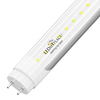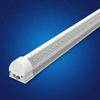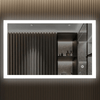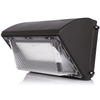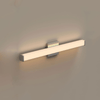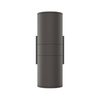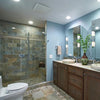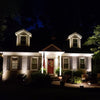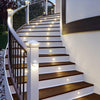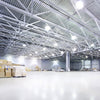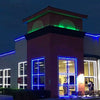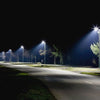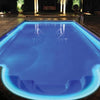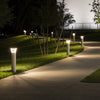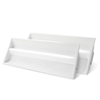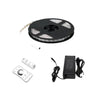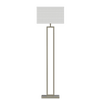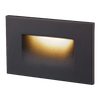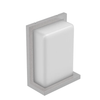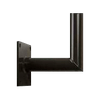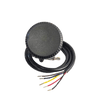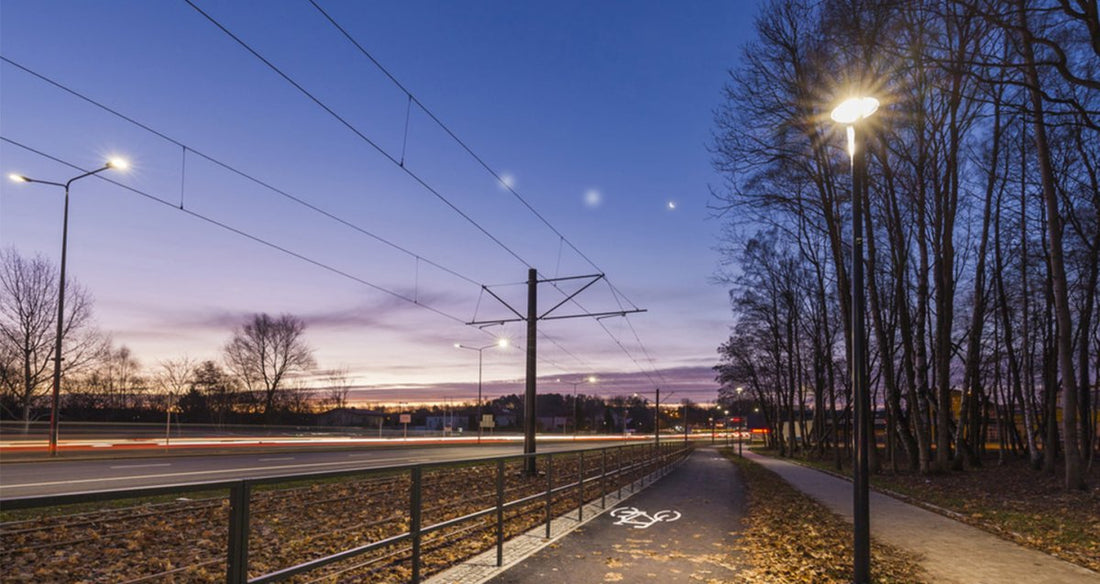When it comes to street lighting, LED pole lights have helped humanity by allowing the 3s: saving the environment, saving energy, and saving money. Cities, towns, and counties across the country are now flushing with bright and beautiful LED lights. As you move around in the night, LED parking lot lights and streetlights allow easy navigation and enhanced visibility. However, has it ever occurred to your brain that even the 'low-maintenance' LED lights need some upkeep?
Since you must not ignore the significance of undertaking regular maintenance routines, let's discuss some indispensable maintenance practices that will come in handy. Albeit, before we can share the tips and tricks, you should be well-versed with the most common problems with LED parking lot lights.
LED pole lights or any other LED lighting fixture can fall prey to either of the following problems:
Equipment Problems
When talking about LED equipment-related problems, the following are the most pressing ones:Malfunctioning Drivers
Led lighting fixtures operate on direct current (DC) voltages. However, the mains supply voltage is an alternating current (AC), making the ever an essential component for an LED light's functioning. The driver is responsible for providing an LED lighting fixture with adequate DC input. The exertion of unbearable stress can cause premature driver failure. The various kinds of stress that can take a toll on an LED driver are:
- Excessive moisture: LED drivers come with an IP rating that suggests the degree to which they can withstand moisture. Upon exceeding the limits of exposure, an LED river can fail!
- Improper Voltage supply: Suppose an LED driver comes with a rating of 120-volts. Using the 120-volts driver with a 220-volts power supply can damage the driver's internal circuitry.
Dysfunctional Lights
LED pole lights are subject to extreme outdoor conditions. Therefore, it is natural that the lights can give up at some point. The most common problems with LED lights are:- Epoxy degradation: LED lights with epoxy optics show yellowing as the resin's polymers begin to degrade under the sun's UV radiations.
- Thermal stress: Constant rise and fall in temperatures can cause non-repairable cracks in the epoxy resin optics.
- Differentiated phosphor degeneration: LED lights that produce white light are the result of combining different phosphorus. Over time, the phosphorus starts degrading at a varied pace, resulting in degraded color temperature.
- Thermal Runaway: Heat-related damages are the prime reason for further temperature rise and an LED light's failure.
Weary Protective devices
LED pole lights come with a surge protection device. A malfunctioning surge protector can cause permanent damage to the LED lights. Furthermore, an improper fuse system can cause a total LED light burn-out!Dwindling Controls
The various lighting controls that make LED lighting fixtures a better alternative to traditional lights can cause a problem or two! Improper functioning of motion sensors and photocells or an error in manual control can cause temporary damage to an LED pole light fixture.Performance Problems
The most common performance problems you can face with LED pole lighting fixtures are:
Temperature Variations

Gradual Color Shift
An LED pole light fixture can show temporary or permanent color change. A temporary color change can be the result of a low voltage supply or rising junction heat. At the same time, a permanent color loss is a result of phosphor degradation.Degrading Light Output

System Break-downs
It is also possible that an LED light may not be defective. In some cases, the blame is on an incompatible driver, ballast, or other components.
Okay, now that you know the most common LED light problems, let's move on to figuring out a fool-proof solution:
Choosing Premium-quality LED lights:
There are a plethora of LED pole lights that you can buy. However, making sure to pick lamps that offer an exceptional lifespan, adequate IP ratings, and industry-standard lighting certifications is the key to not being tricked!Undertaking a bi-monthly cleaning routine
Nothing in this world is safe from the dust that's in the winds. Therefore, you should consider cleaning the outdoor LED lighting fixtures once every two months. Dusting the lights will ensure the proper functioning of the heat sink, ensuring that the lamp performs as it should!



